 By Nikita Thompson, Ivory Egg.
By Nikita Thompson, Ivory Egg.
As the days warm up and spring is in the air, heating seems like an odd topic to tackle. We all know however, that it is a crucial part of home automation and must be planned well, at the start of the build, no matter what time of year it is.

KNX and heating control go hand in hand, although compared to lighting and AV control, heating requires a whole new knowledge set. Over the next 2-3 months, I will be covering the basics of heating control, from getting temperature onto the bus through to manifold control.
In this month’s article, we cover getting the temperature onto the bus and the three main types of regulation.
Temperature Reading
There are a number of ways to get the room temperature into KNX without having the hassle of installing a dedicated temperature sensor in each room. For example, most KNX switches have a temperature sensor built in.
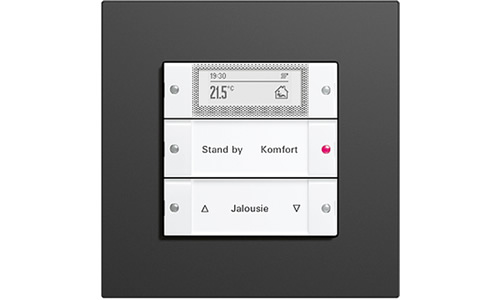
Although not all such switches will display the temperature in the room, this is not really an issue, as we are seeing a trend, especially with underfloor heating (UFH), where the temperature is only displayed in a central location. This is because it will very rarely need to be changed, and any change will require a number of hours to take effect in any case.
Other devices such as PIRs and CO2 sensors will also often have temperature sensors built in, but these tend to be located in places that are not ideal for reading a temperature display, such as in hallways and corridors, walk-in wardrobes and other areas where there is not a switch. Such places are not typically used as primary living areas, but the temperature from these sensors will be sufficient for regulation.
Using KNX temperature sensors offers the possibility to offset the value they provide in order to get a closer reading to the centre of the room. There is also the ability to take an average of temperatures if the room is large.
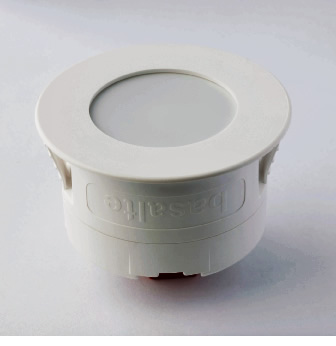
Temperature Regulation
As with temperature reading, there are a number of devices capable of regulating the temperature. Some switches can do this, and thermostats, dedicated heating controllers or even some actuators can send out the heating demand.
KNX gives three standard forms of heating control:
• PI (Proportional Integral).
• PWM (Pulse-Width Modulation).
• On/off with hysteresis.
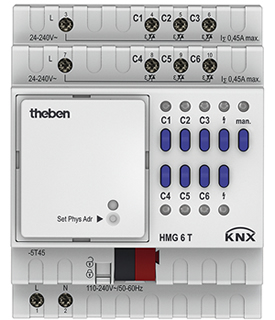
Proportional Integral
Proportional Integral (PI) is a control algorithm that calculates the size of the error between the set point and current temperature, and compares this to an averaged time function to give a 1-byte output that is suitable for a motorised drive or variable-speed fan.
In simple terms, the greater the difference between room temperature and the set point, the larger the output. This will then be decreased as the room comes to temperature. Once the target temperature is achieved, the output is reset to prevent over calculation due to the time taken to achieve a steady state.
As the error returns, the output will respond with small gradual increases to maintain the set point. When parameterising the thermostat, the type of heating is set, as the control has to allow for the responsiveness and heat output.
When using PI, the control has to know the output of the heating element so as to calculate the correct response times. In the majority of cases, the pre-defined defaults are more than suitable, but manual settings can be performed.
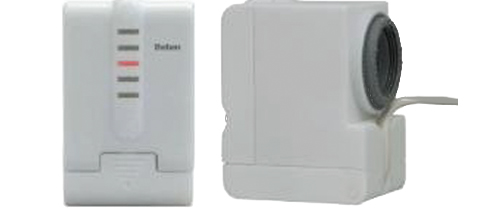
Pulse-Width Modulation
Pulse-Width Modulation (PWM) uses an on/off signal based on the PI value above. PWM converts the 1-byte PI output to a 1-bit PWM output, allowing it to be used on systems with an on/off valve. This is most common with UFH systems which use wax cartridge valves.
In exactly the same way as PI, a small error results in a small change represented over a time period. So if the PI output is 10% and the PWM cycle is 10 minutes, the output would be on for 1 minute and off for 9 minutes.
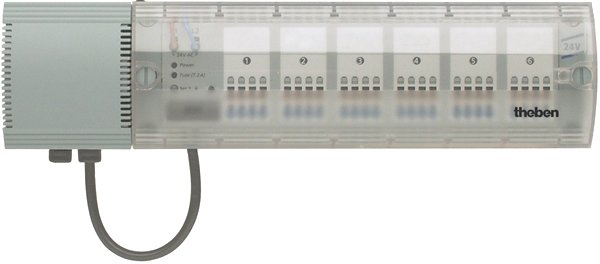
On/Off
On/off is the simplest form of control, and is therefore suited only to very simple systems.
On/off operates as expected; if the temperature is above the set point the output will be switched off, and if the temperature is below the set point, it will be switched on.
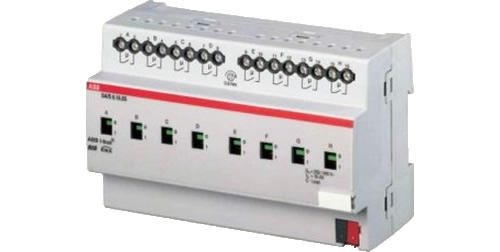
In order to stop the output oscillating between on and off when at the set point, most controls have a hysteresis parameter. This works by setting an upper and lower offset, normally 1 degree, from the set point. Once the upper limit has been crossed the output will not turn on until the temp falls below the lower limit. Whilst necessary, this will lead to further over- and under-shooting, so this control type should be used with thought.
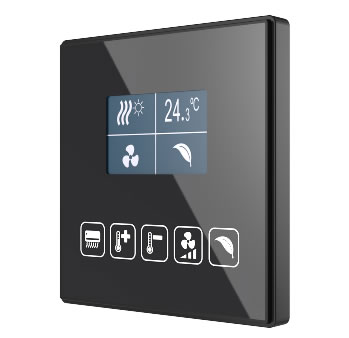
Conclusion
Bringing heating control into the KNX system is simple to do since a number of devices that are already in the system will be reading the temperature. Once the temperature is available on the bus, you must decide what type of regulation is required, and this will depend on the heating system being used.
Next month we will go over controlling different heating systems, the KNX heating modes and two-stage heating.
Nikita Thompson is the Technical Sales Manager at Ivory Egg (UK) Ltd, a supplier of leading KNX products and provider of KNX training courses. Ivory Egg runs a number of training courses on how to achieve heating/cooling control with KNX.











